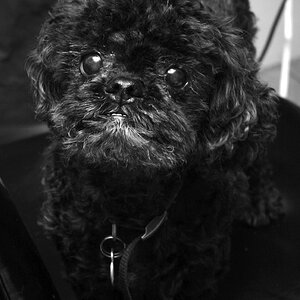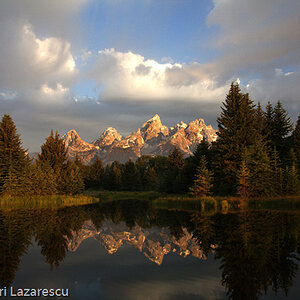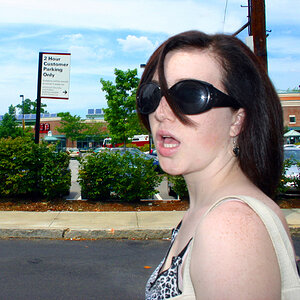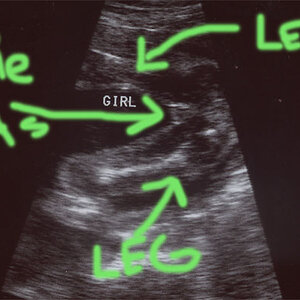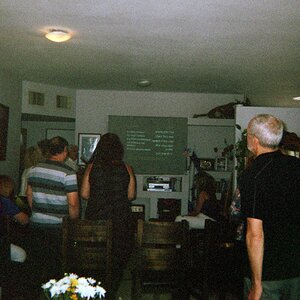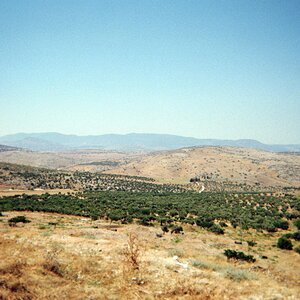extraordinabrian
TPF Noob!
- Joined
- Dec 20, 2005
- Messages
- 1
- Reaction score
- 0
Hi, I'm sorry if I sound like a moron, but I'm a newbie to photography, and I need someone with some knowledge. I've using my nikon digital camera to take b&w portraits/headshots and I've been a lot of trouble with lighting and such. If I use flash then the photos are all totally washed out but if I don't, the photos don't show enough detail and contrast...
here is a photo I took without flash and natural lighting but I had to do a ridiculous amount of photoshopping to get more contrast and sharpness and it's still not what I want:

I want something more like these pictures:


(the photo on the right is courtesy of America's Next Top Model and on the left is from a modelling agency)
can anyone give me any tips on how to take portraits more like this? or is it just because of all the professional equipment? If someone could lend their expertise, I'd be really grateful!
here is a photo I took without flash and natural lighting but I had to do a ridiculous amount of photoshopping to get more contrast and sharpness and it's still not what I want:

I want something more like these pictures:


(the photo on the right is courtesy of America's Next Top Model and on the left is from a modelling agency)
can anyone give me any tips on how to take portraits more like this? or is it just because of all the professional equipment? If someone could lend their expertise, I'd be really grateful!


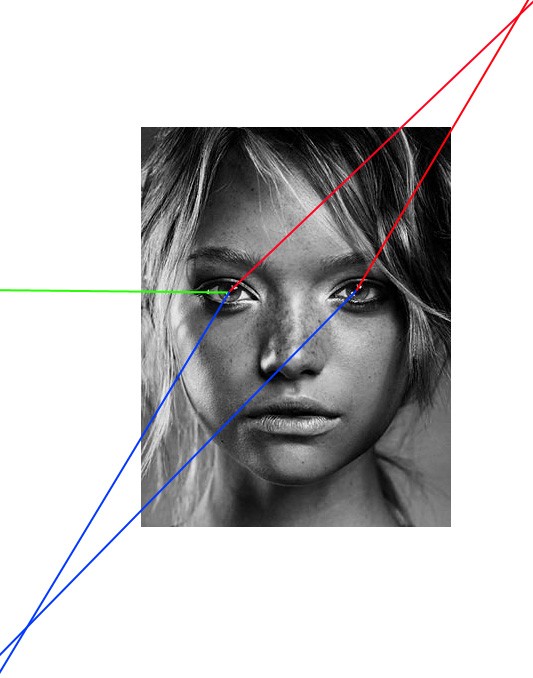



![[No title]](/data/xfmg/thumbnail/36/36966-71220579619c9a335442302fce0e57aa.jpg?1619737842)
